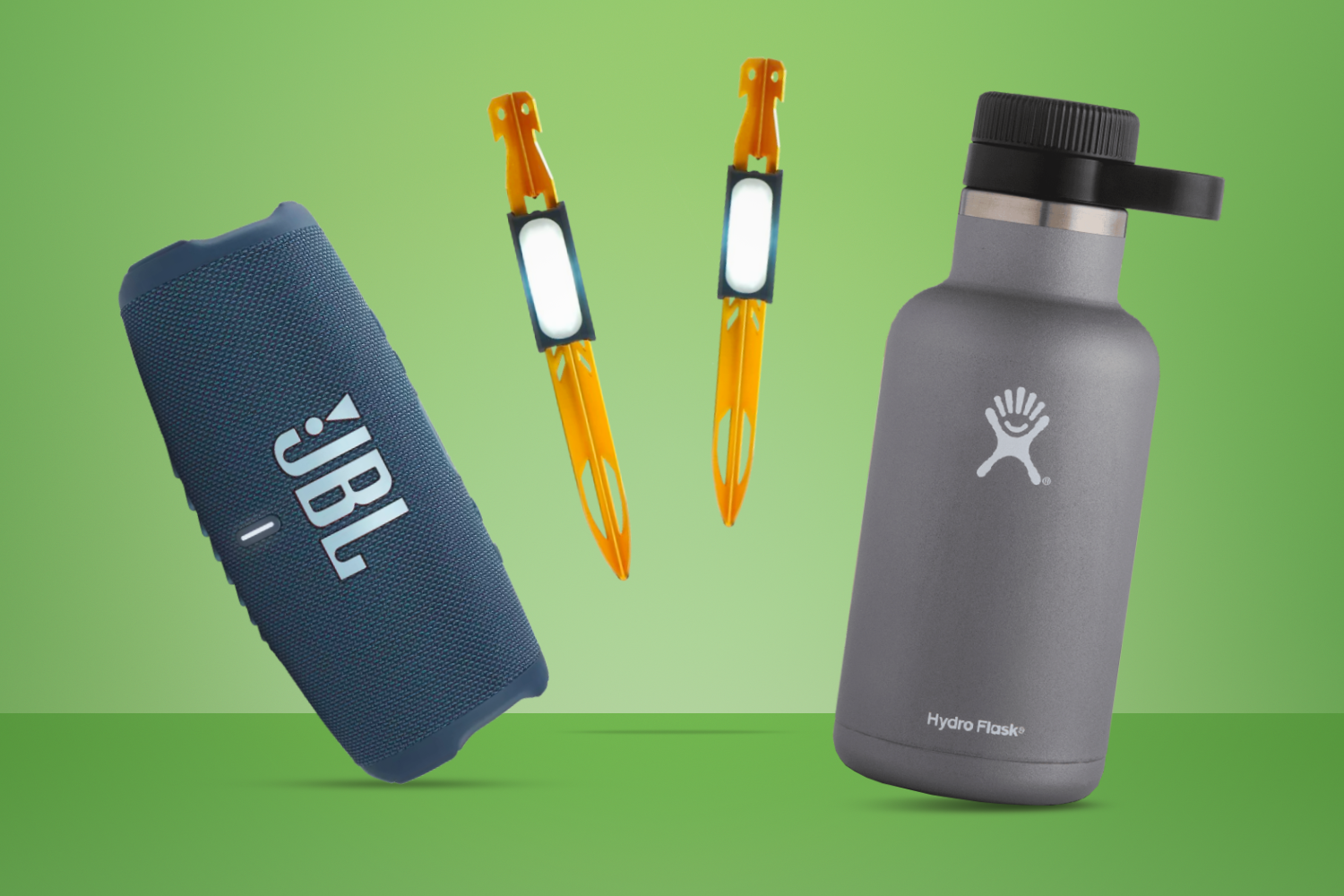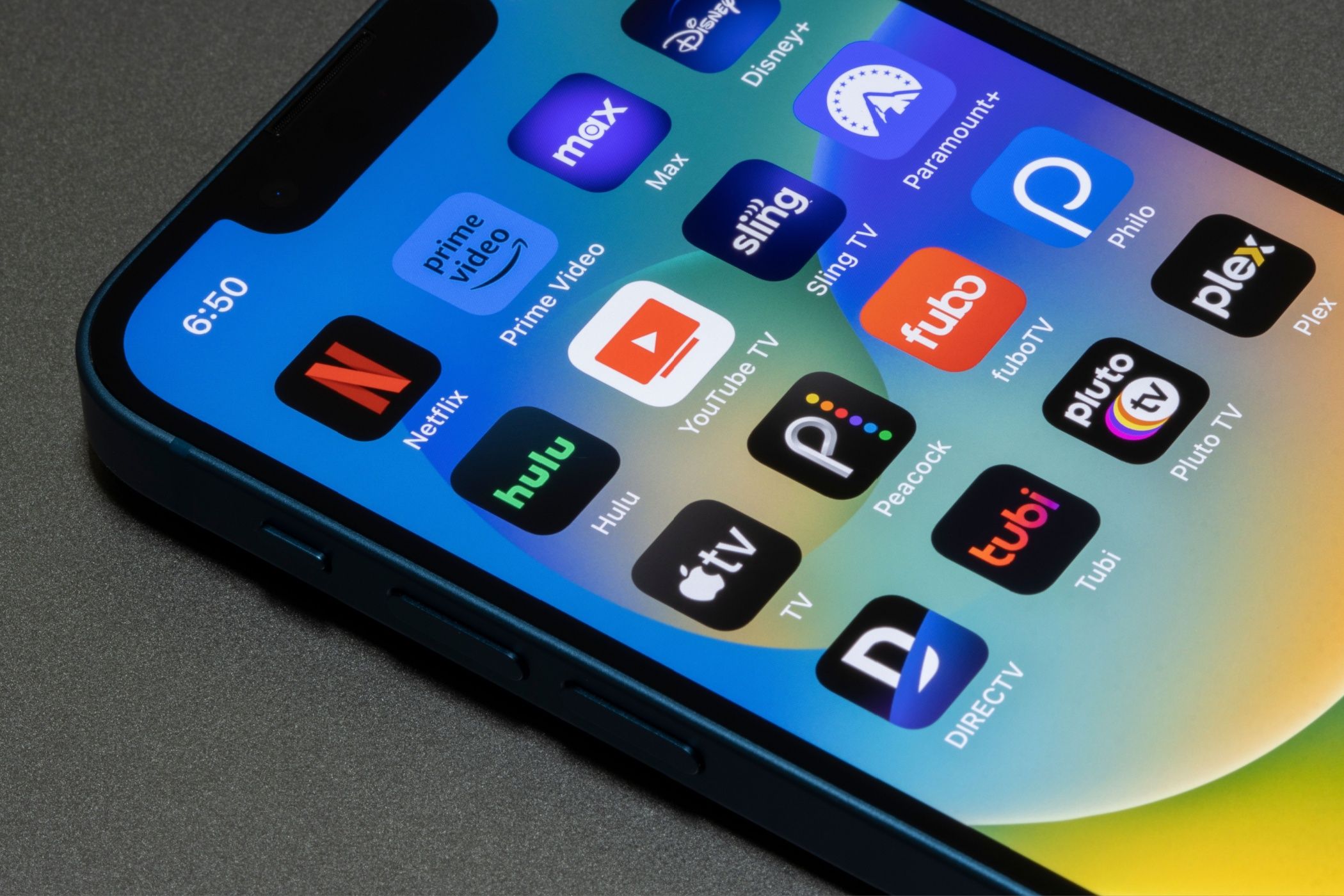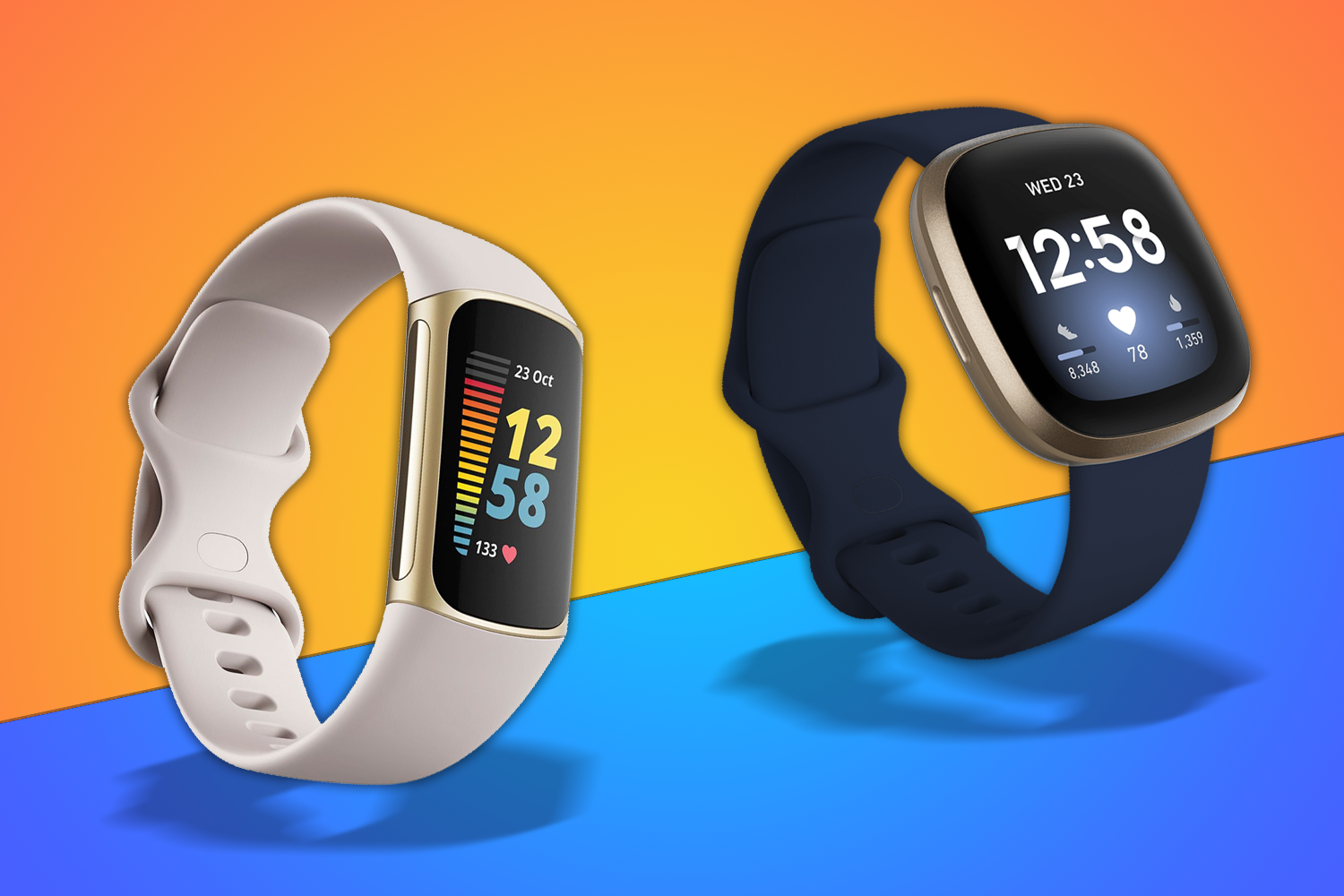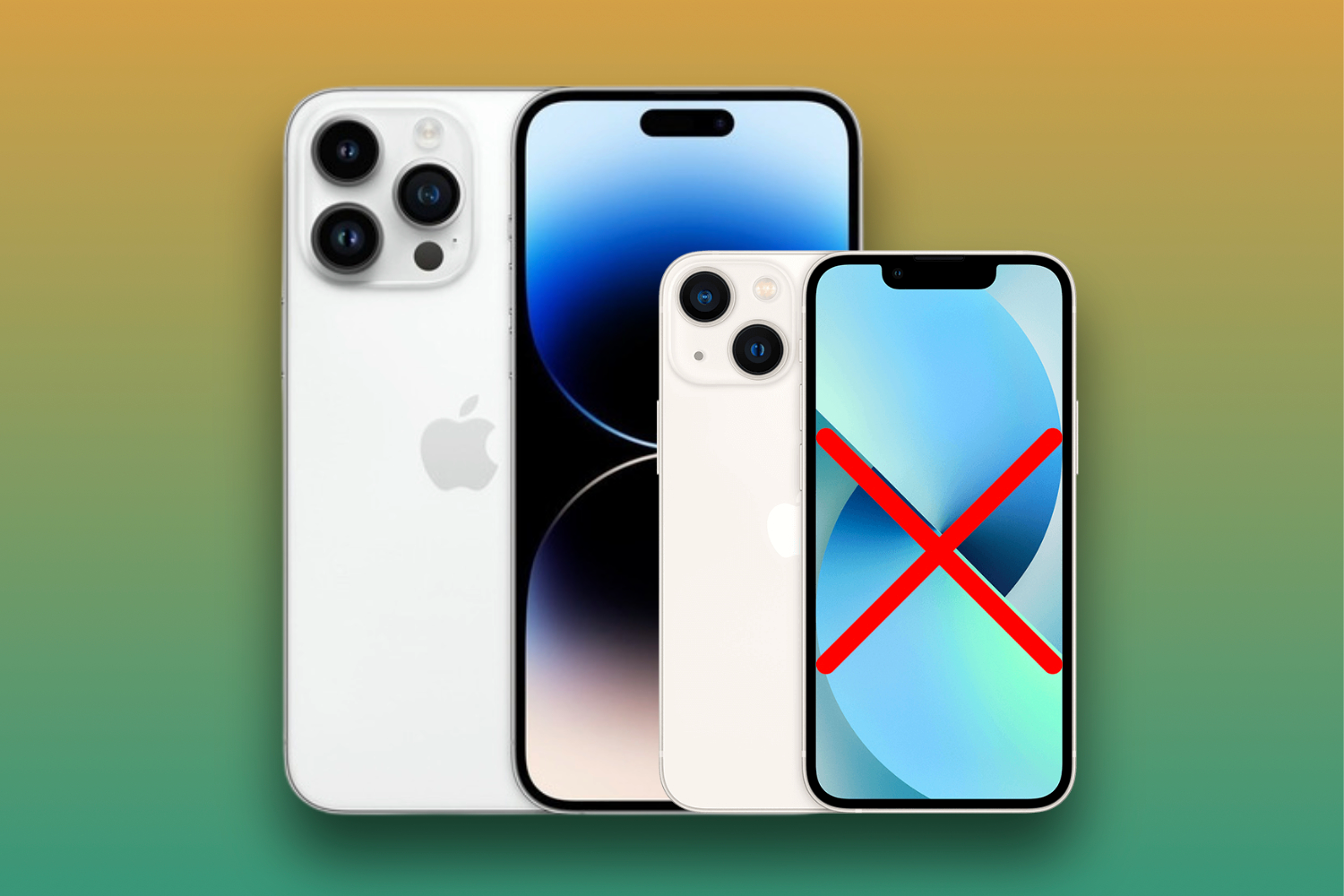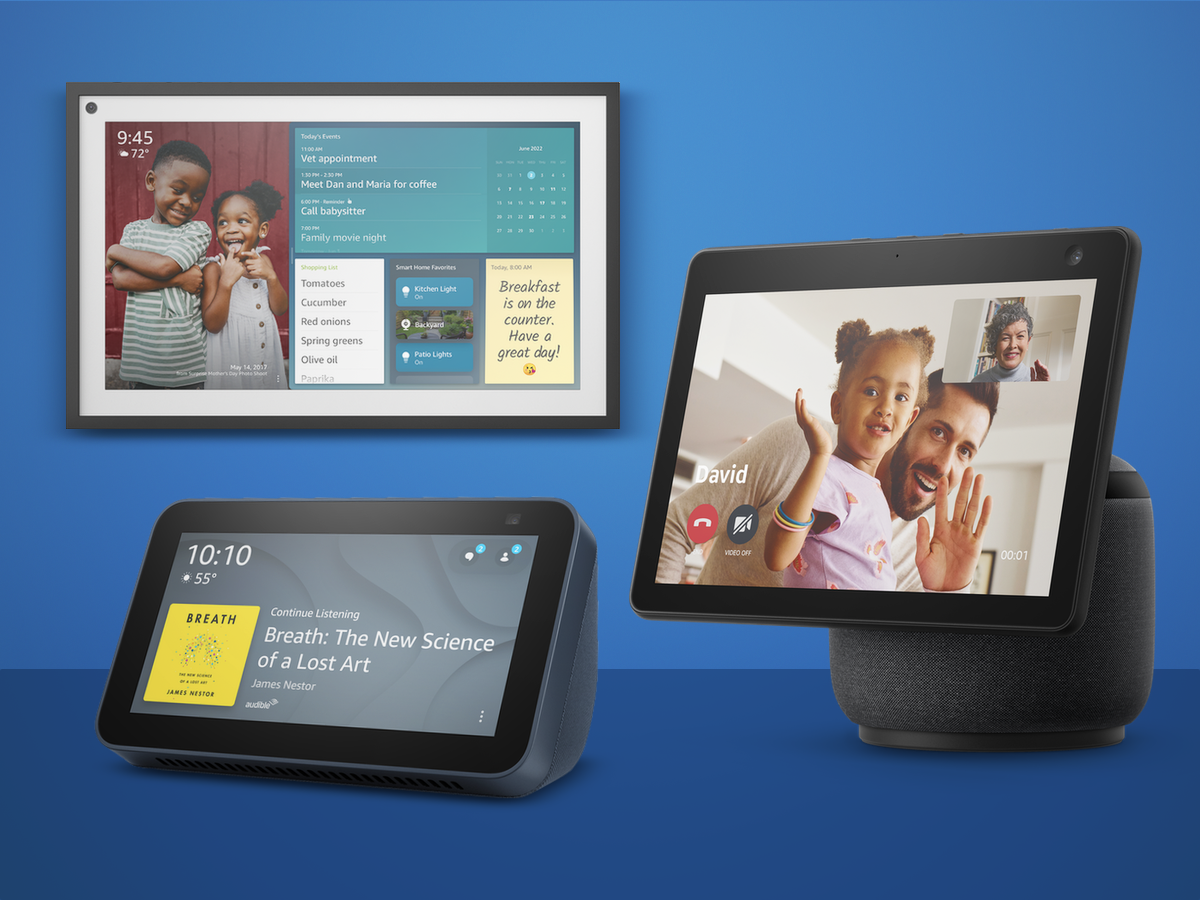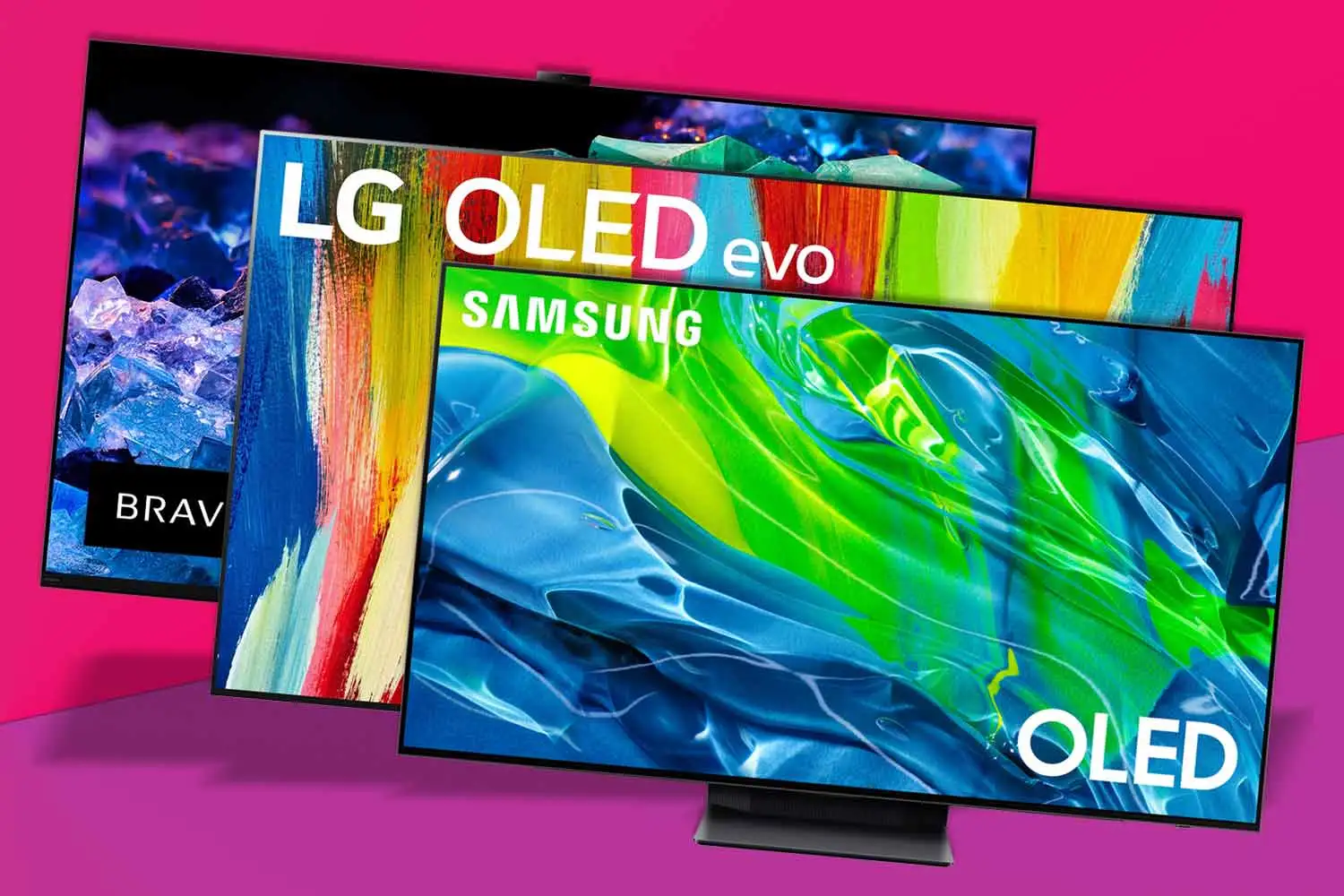Yep, there’s no iPhone 16 mini (again). Why? You’re about to find out. Apple introduced a number of changes with the iPhone 14 series of smartphones that launched in 2022.
With the iPhone 14 Pro devices, Apple finally kicked the infamous notch to the curb, replacing it with the Dynamic Island. We got a large handset without the pro price tag, and saw some impressive camera updates as ever.
But one of the most noticeable changes was an exclusion from Apple’s line-up of smartphones – there was no iPhone 14 mini. Rather than follow up the iPhone 13 mini, Apple decided to abandon its pocket-friendly smartphone option instead. And Apple has carried this decision forward – there won’t be an iPhone 15 mini, either.
Confused about why? Here we’ll take a look at why we won’t be getting a pint-sized iPhone 16.
What was the iPhone mini anyway?
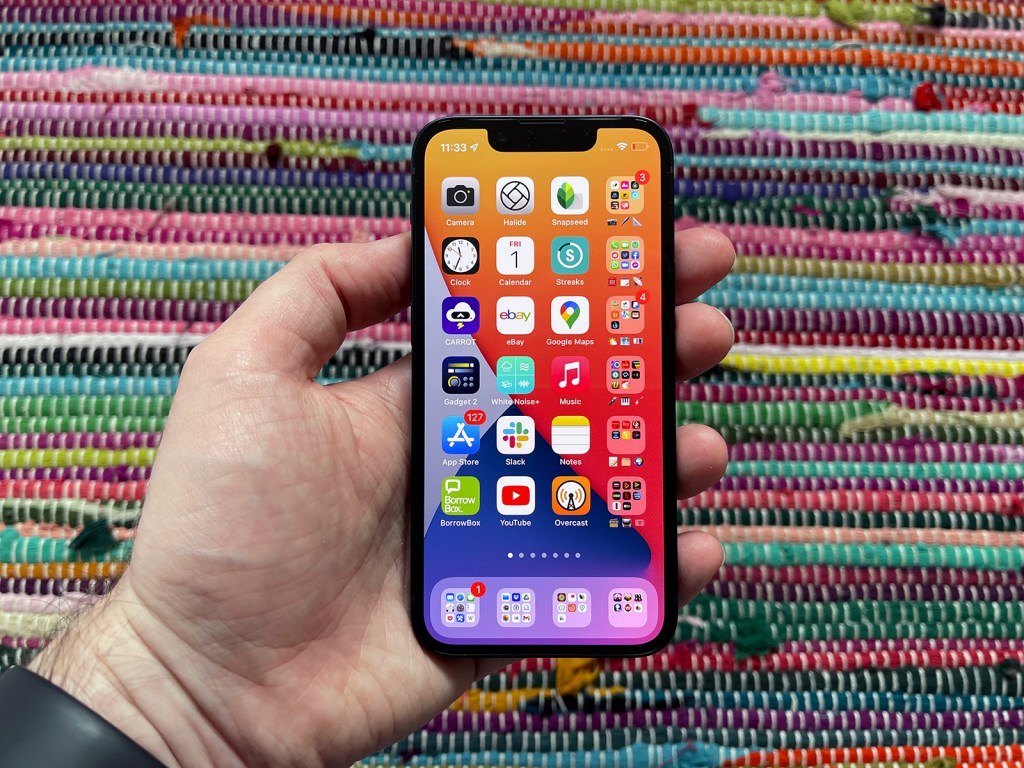
As you’ve no doubt noticed, smartphones have been growing in size, pretty much since the first iPhone made its debut back in 2007. But not everybody wants a larger screen in their hands. Larger phones aren’t as easy to use with one hand, and don’t always fit into pockets.
Enter the compact smartphone – an additional model that shrinks down on size. And Apple jumped on the bandwagon back in 2020 with the iPhone 12 mini.
Alongside the rest of the iPhone 12 line-up, we saw a new 5.4in option. It came packing the latest features such as 5G, new cameras, and additional colours – just wrapped up in a smaller package. The following year, Apple released the iPhone 13 mini alongside the rest of the series. You guessed it; it was another smaller version of that year’s smartphone model.
Surely, there’d be an iPhone 14 mini the following year to continue the trend? Nope! 2022’s iPhone 14 series launched without a mini option. It marks the end of Apple’s mini smartphones, with no devices planned for the future. There wasn’t an iPhone 15 mini, and there won’t be an iPhone 16 mini either.
Why won’t we get an iPhone 16 mini?
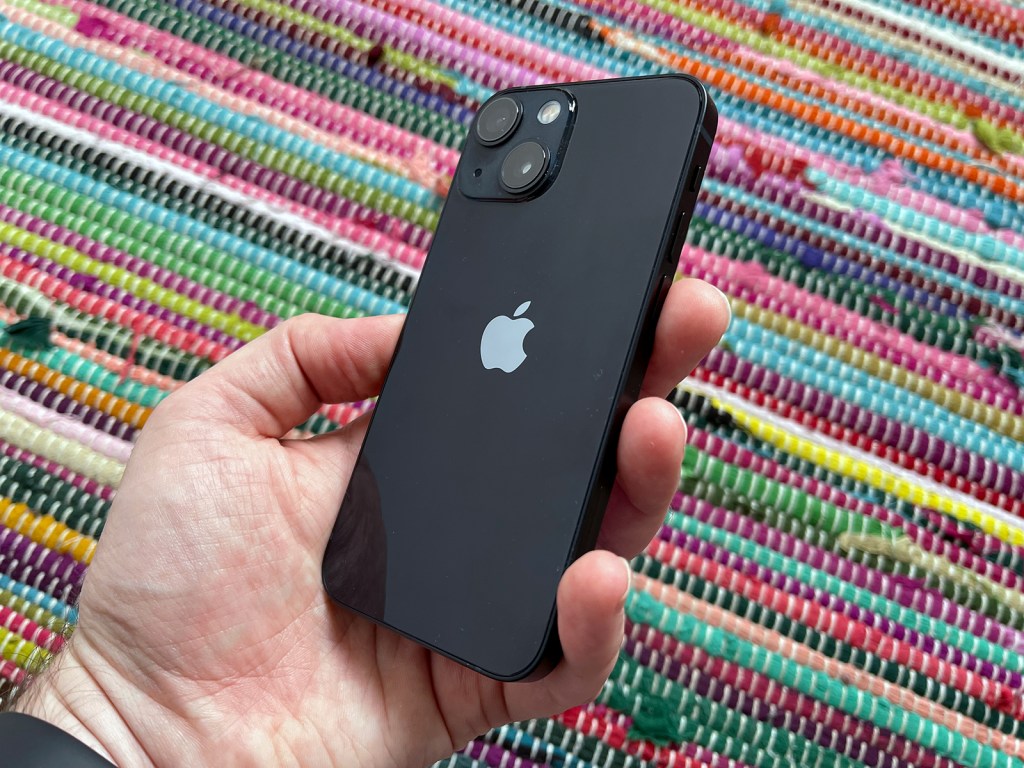

It didn’t take any sophisticated consumer research to tell Apple to drop the mini model from its line-up, things were a lot simpler than that. Apple simply didn’t sell enough of the smaller handsets to make them worthwhile. The iPhone 12 mini accounted for less than 6% of iPhone sales, while the iPhone 13 was even less popular, clocking up just 3% of sales.
There are a number of reasons for such poor sales. While smaller smartphones are still desirable to some customers, the majority of people would rather a larger device. Apple knew this going in, but sales were still below expectations. And the reason for that? The iPhone 13 mini (and 12) was a hard sell. It didn’t cost that much less than the standard offering, and you had to deal with a smaller battery. Despite the same performance as the regular models, customers weren’t sold on the device.
Naturally, Apple wasn’t so keen on manufacturing and selling an iPhone that didn’t fly off the shelves – hence the lack of future mini phones. Rather than an iPhone 14 mini, the brand introduced the iPhone 14 Plus, offering a larger version of the standard device. The 14 Plus has been rather popular among customers, as a larger option without the pro price tag. In fact, the device’s sales are up 59% compared to the 13 mini. Apple’s taken note, and won’t be making its smaller handsets anymore. That meant no iPhone 15 mini, and means there won’t be an iPhone 16 mini this year, either.
How to get your hands on a smaller iPhone


Still rather slip a smaller iPhone into your pocket? Despite no iPhone 16 mini coming this year, there are still some smaller options you can consider. Although Apple has discontinued it, you may still be able to pick up an iPhone 13 mini from third-party stores. So you can opt for a 2021 model instead of the latest. It won’t pack quite the same performance of course but has a similar set of features to the newer series of devices.
Potentially, you might need to look for an iPhone 13 mini (or 12 mini) from a refurbished seller. Apple has its own refurbished store, while other retailers offer similar options. Or, you could even opt for the iPhone SE (3rd-generation). This model really scales back the features and even returns to the old home-button design, but is definitely a much smaller option at just 4.7in.

